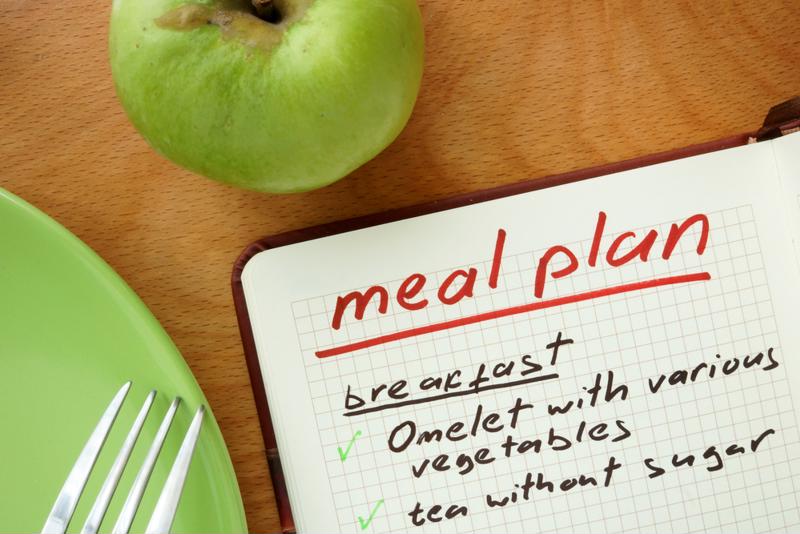Staying healthy and fit can be expensive, but it doesn't have to be. Using local resources and planning strategies, you can live a healthy lifestyle without breaking your monthly budget. Consider these four tips for getting fit and saving money:
1. Plan Your Meals
Planning your meals in advance is not only a good way to eat healthier, but also saves money and reduces waste at the same time. By planning meals in advance, you're able to eat everything you buy before it expires.
Meal planning can take many forms. Busy professionals may want to pack and freeze their weekly lunches to save time in the mornings. Similarly, parents may want to develop a healthy dinner menu for their families. Before you begin to plan, take a few minutes to determine your main objective: Do you want to optimize the time you spend making meals every day? Do you want to reduce your monthly food budget? Do you want to eat healthier? Or all of the above?
An easy way to get started is to find an intuitive way to collect recipes. Though some people may prefer to keep a box of recipe cards, others may prefer using an app or note-taking software.
 A meal plan helps to ensure you use your food before it expires.
A meal plan helps to ensure you use your food before it expires.
2. Check Out Your Local Farmer's Market
Your local farmer's market is a fantastic source of fresh vegetables and fruit at affordable prices. Plus, you're supporting small businesses and growers when you shop locally.
To find your nearest farmer's market, visit localfarmmarkets.org, an excellent resource that also notes which vegetables are currently in season, so you can plan your shopping trips accordingly.
Not only is the produce you see at local markets more affordable, it likely tastes better than the products you find at the supermarket. There's a simple reason for this: commercial produce sellers must pick their products before they reach peak ripeness to ensure deliveries arrive at the store prior to expiration. Local farmers don't have this problem - they can pick their fruit and veggies when they are fully ripe and packed with delicious flavour.
3. Look for Alternative Sources of Protein
Protein is a very important nutrient because it's utilized by nearly every cell in your body. Protein helps muscle tissue grow strong, builds hair and nails, and helps your body produce vital enzymes and hormones. Compared to other types of nutrients, your body requires a relatively large amount of protein.
Getting the bulk of your daily protein from animal sources can be expensive. However, by diversifying your protein sources, you can reduce the amount of money you spend on your weekly meal budget. Here are a few non-meat options to consider:
- Eggs: A single egg provides up to 6 grams of protein.
- Peanut butter: Two tablespoons of natural peanut butter has 8 grams of protein.
- Edamame: One cup of edamame contains about 17 grams of protein.
- Greek yogurt: One cup of unsweetened Greek yogurt contains 17 grams of protein.
- Tuna: A three-ounce serving of tuna contains 20 grams of protein.
- Black beans: A one-cup serving contains 15 grams of protein.
4. Exercise at Home
You don't need an expensive gym membership to stay fit. In fact, you can get a fantastic workout at home with little to no equipment. For instance, Men's Journal magazine reported that simple, low-impact bodyweight exercises can help you burn fat and gain muscle. Push-ups, squats, planks and lunges are a few examples of exercises you can perform in the comfort of your living room.
By adding a few low-cost pieces of equipment, you can step up your exercise routine to another level. Consider investing in multi-purpose products that you can use throughout your routine. An exercise ball, dumbbells, and a bench are a few examples. In lieu of a personal trainer, look for free workout videos on YouTube.